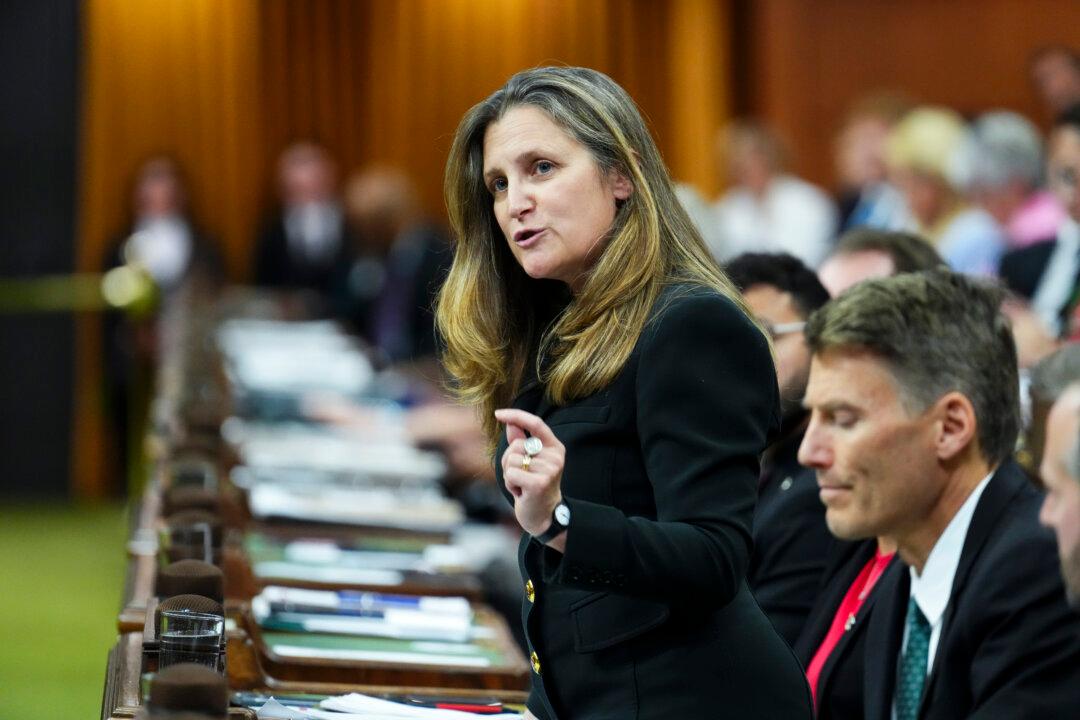The unidentified object that was shot down over Lake Huron on Feb. 12 by the U.S. Air Force was first detected over southern Alberta, Canadian Military Major General Paul Prévost said on Feb. 13.
Prévost, the director of Strategic Joint Staff at National Defence, was providing a technical briefing alongside officials from the RCMP, Public Safety, and the Canadian Coast Guard.





